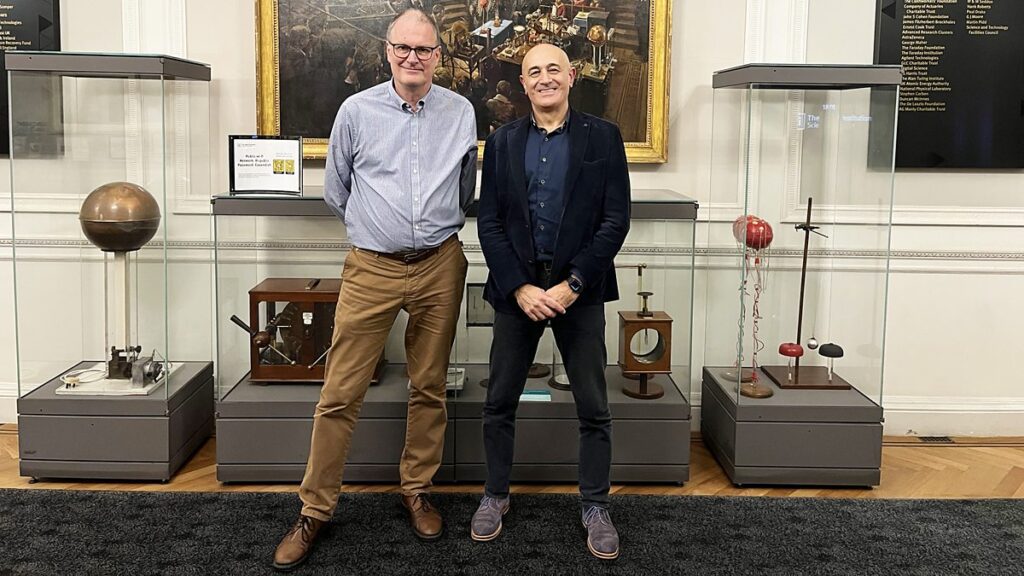Our fascination with AI dates back to the Greeks, whose god Hephaestus fashioned a construct out of metal to protect the island of Crete. Mary Shelley later birthed literary science fiction with Frankenstein, a creature of inanimate flesh given life. And of course, more recently, we have the remorseless Terminator. These beings seem at once terrifying and captivating, creations run amok and out of our control.
There are more pressing safety issues to which we should turn our attention that Michael terms ‘catastrophic risks’. Such as a self-driving plane crashing.
Unsurprisingly, fiction paints a fairly bleak, dystopian picture of AI. But Michael feels these fears are unwarranted, that “in all of the discussion about them, nobody has ever given [him] a plausible, realistic scenario for how AI might be an existential risk.” There are more pressing safety issues to which we should turn our attention that Michael terms “catastrophic risks”. These are far more mundane but likely, such as a self-driving plane crashing.
How is AI already helping us?
AI is certainly not a thing of fiction anymore, however. Over the past decade, everyday applications of AI have taken off. The most successful and often forgotten example is automated translation apps, such as Google Translate. Thanks to large language models, we’re able to quickly translate between over one hundred languages with comprehensible accuracy. ChatGPT can also be used to brainstorm ideas by relating words to one another and spitting out responses that are easily parsed.
Can AI help us live longer?
Moving forward, AI can help us in many other ways too. Crucially, the medical field is primed for AI assistance as a diagnostic tool. The Apple Watch can already perform ECG scans, and future tech could analyse blood sugar levels, stress levels and even spot dementia before human physicians. Additionally, a lot of medical research data is tabulated for papers and then passed over by the scientific community. This is a gold mine: AI could scan through these papers for patterns and report back unnoticed findings by collating data.


